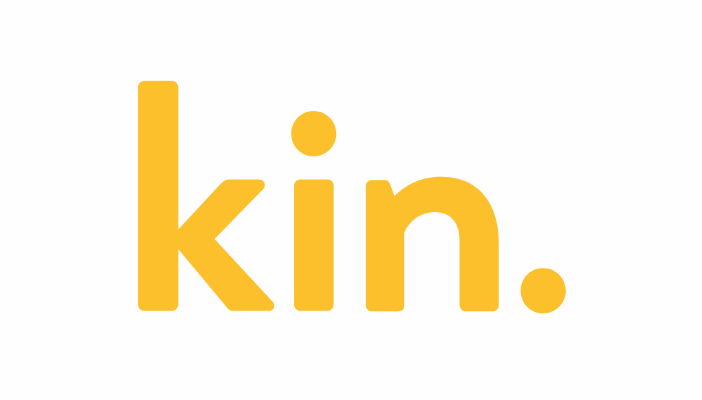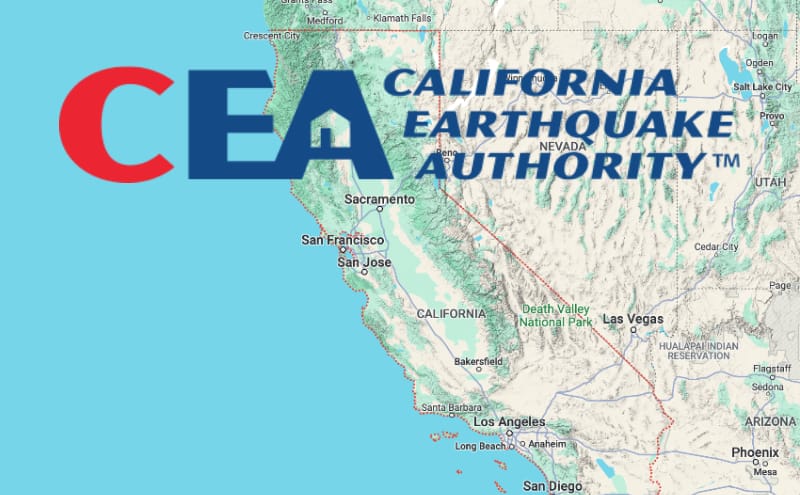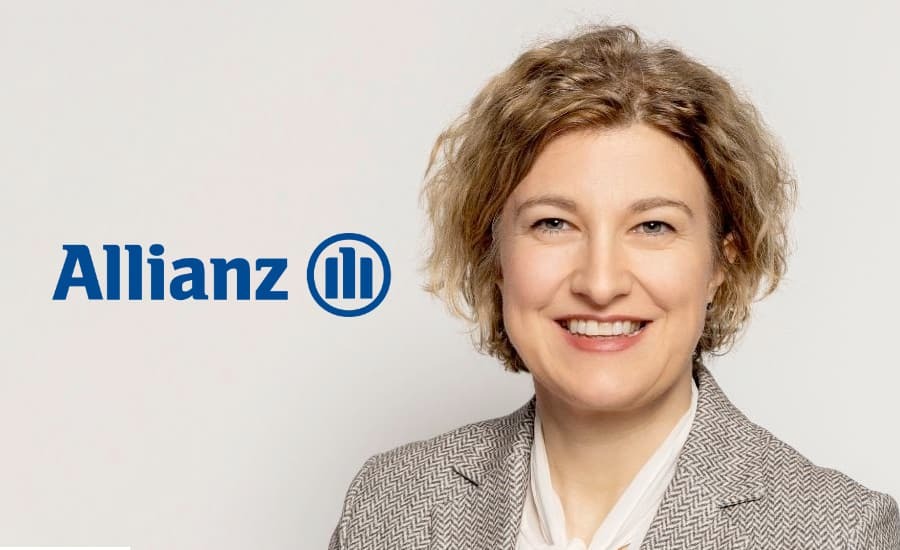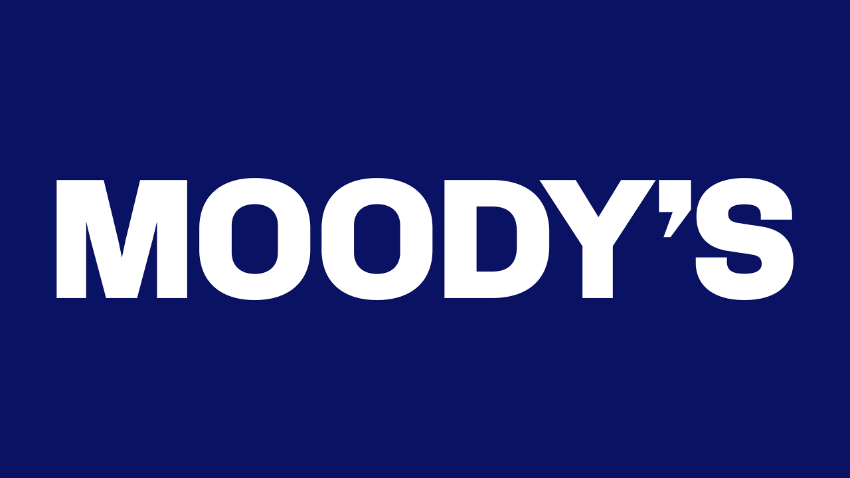
This content is copyright to www.artemis.bm and should not appear anywhere else, or an infringement has occurred.
Direct-to-consumer insurtech company, Kin Insurance has hailed the substantial improvement in pricing for its latest catastrophe bond issuance, the $300 million Hestia Re Ltd. (Series 2025-1) transaction, the company’s largest cat bond yet.
 Kin sponsored its debut $175 million Hestia Re Ltd. (Series 2022-1) catastrophe bond cover back in April 2022.
Kin sponsored its debut $175 million Hestia Re Ltd. (Series 2022-1) catastrophe bond cover back in April 2022.
Kin returned to the catastrophe bond market in February, initially targeting $200 million or more in Florida named storm reinsurance protection, from this Hestia Re 2025-1 deal, the company’s third cat bond.
In our first update on the deal, we revealed that that target size for the issuance had increased by 50% to $300 million, as well as by more than 70% from the expiring Hestia Re 2022-1 cat bond, due to strong investor demand being seen across the cat bond market.
Then, in late February, we reported that Kin had managed to secure its upsized target of $300 million for this Hestia Re 2025-1 deal, while the final pricing of the two tranches of Series 2025-1 notes were at the low-end of the already reduced guidance range.
The transaction features two tranches of Series 2025-1 notes, a $200 million Class A tranche and a $100 million Class B tranche, which will provide Kin with a three hurricane season source of fully-collateralized Florida named storm reinsurance, on a indemnity trigger and per-occurrence basis, running from June 1st this year to three years after the issuance completes.
Angel Conlin, Chief Insurance Officer at Kin, commented: “The success of this transaction, particularly the substantial improvement in pricing terms, validates our disciplined approach to risk selection and portfolio management. This enhanced protection at more favorable terms directly benefits our policyholders by strengthening our claims-paying ability while reducing our overall cost structure.”
According to Kin, the company’s new catastrophe bond represents a pivotal component of a comprehensive 2025 reinsurance program, for Kin-managed reciprocal exchanges, which protects a rapidly growing policyholder base across multiple states.
Sean Harper, CEO of Kin, said: “Insurers and their customers have experienced higher reinsurance rates a few years in a row. We are happy to see reinsurance rates begin to decrease for our reciprocal exchanges, which will benefit our policyholders.
“In addition to improvement in the market, the dramatically improved terms reflect investors’ growing confidence in our technology-driven approach to homeowners insurance and our ability to effectively manage catastrophe exposure. This transaction strengthens the capital position of our reciprocal exchanges and supports our continued expansion while maintaining our commitment to providing affordable coverage in catastrophe-prone regions.”
Insurance and reinsurance broker Howden’s capital markets and insurance-linked securities (ILS) specialist unit, Howden Capital Markets & Advisory served as the exclusive structuring agent and bookrunner for the transaction.
Mitchell Rosenberg, Co-Head of Global ILS at Howden Capital Markets & Advisory, added: “The substantial upsizing and favorable pricing of this transaction highlight the ILS market’s strong appetite for supporting innovative and top performing insurers like the Kin reciprocals, that continue to demonstrate model outperformance, transparent communication, and a proven track record in underwriting and claims.
“We’re proud to have helped Kin Interinsurance Network achieve these exceptional terms, which represent a significant improvement over previous issuances.”
As a reminder, you can read all about the Hestia Re Ltd. (Series 2025-1) catastrophe bond from Kin and every other cat bond deal issued in our extensive Artemis Deal Directory.
Kin highlights “substantially lower pricing” of new Hestia Re 2025-1 cat bond was published by: www.Artemis.bm
Our catastrophe bond deal directory
Sign up for our free weekly email newsletter here.
 The CEA’s risk transfer tower had sat at
The CEA’s risk transfer tower had sat at 




